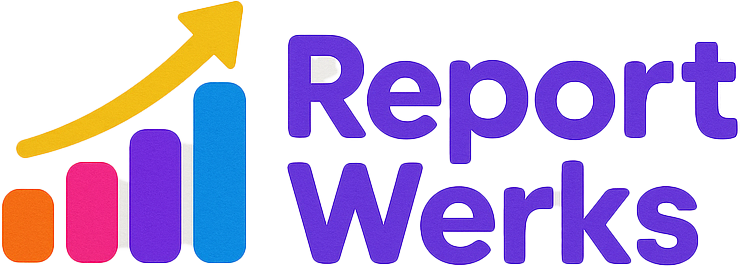Unlocking the Power of Reporting Data to Build Donor Personas and Elevate Fundraising ROI
In the dynamic landscape of non-profit fundraising, understanding your donors is more crucial than ever. Accurate and insightful reporting data enables organizations to craft detailed donor personas, which in turn optimize engagement strategies and maximize return on investment (ROI). As competition for donor attention intensifies, leveraging reporting analytics to personalize outreach and improve fundraising effectiveness is a game-changer.
The Significance of Donor Personas in Non-Profit Fundraising
Donor personas are semi-fictional profiles representing different segments of your supporter base. They encompass demographics, giving behaviors, communication preferences, and motivations. Developing these personas helps non-profits tailor their messaging, events, and campaigns, resulting in higher engagement and increased donations.
Leveraging Reporting Data to Build Accurate Donor Personas
Effective donor persona creation begins with robust data collection and analysis. Here are best practices to harness your reporting tools:
- Aggregate Comprehensive Data: Gather data from multiple channels, including online donations, event registrations, volunteer sign-ups, and social media engagement. Integrate CRM systems with analytics platforms to create a unified view of supporter interactions.
- Segment Donors Based on Behavior and Demographics: Use reporting analytics to identify patterns such as donation frequency, average gift size, preferred communication methods, and engagement timelines. Segment donors into meaningful groups for targeted outreach.
- Analyze Motivations and Preferences: Incorporate survey data and engagement metrics to understand what drives different donor segments. For example, some may be motivated by direct impact stories, while others respond better to recognition programs.
- Identify High-Value Donors and Potential Advocates: Use ROI reporting to pinpoint donors with the highest lifetime value and those who are most likely to advocate for your cause, enabling targeted cultivation efforts.
Implementing Data-Driven Strategies to Maximize Fundraising ROI
Once donor personas are established, non-profits can implement personalized strategies to enhance engagement:
- Tailor Communications: Customize messaging based on donor preferences and motivations identified through reporting data.
- Optimize Campaigns: Use analytics to test and refine fundraising campaigns, focusing on channels and messages that yield the highest ROI.
- Recognize and Steward Donors: Develop stewardship plans aligned with donor personas to foster long-term relationships and increase lifetime value.
- Utilize Impact Reporting: Share transparent reports showcasing how donations are making a difference, reinforcing donor trust and encouraging continued support.
Emerging Trends in Fundraising Reporting and Donor Analytics
Recent innovations include the use of AI and machine learning to predict donor behavior, real-time dashboards for instant insights, and integrated platforms that combine online and offline data. These tools enable non-profits to adapt quickly, personalize interactions at scale, and ultimately improve ROI.
Next Steps for Non-Profit Leaders
To capitalize on the power of reporting data, non-profit organizations should invest in advanced analytics tools, train staff in data interpretation, and embed data-driven decision-making into their fundraising strategies. Building detailed donor personas is a continuous process that evolves with your supporter base, making regular analysis and updates essential.
By harnessing the insights gained from reporting data, non-profits can create more meaningful connections with donors, increase engagement, and drive sustainable growth in their fundraising efforts.
